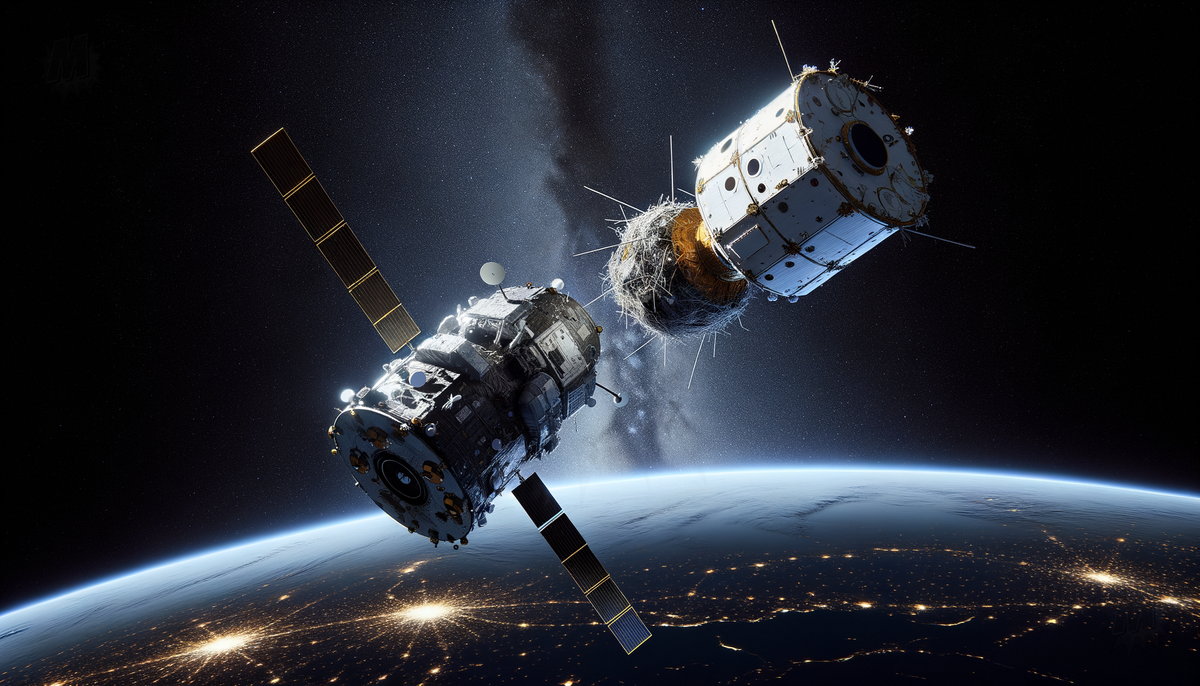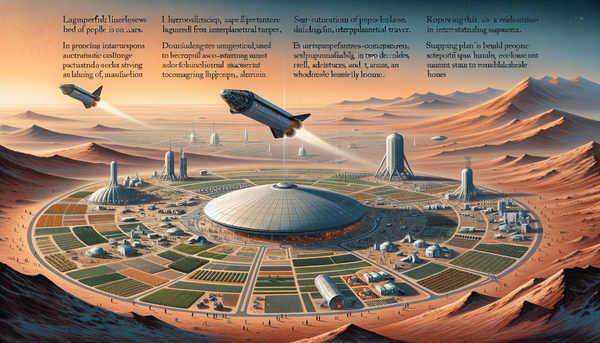NASA Spacecraft Narrowly Misses Russian Satellite Collision

A NASA spacecraft and a defunct Russian satellite, Cosmos 2221, had a close encounter in low-Earth orbit that nearly resulted in a collision. The event, which took place at an altitude of approximately 373 miles (600 kilometers), was closely monitored by NASA and the U.S. Department of Defense. The two non-maneuverable objects, NASA's Thermosphere Ionosphere Mesosphere Energetics and Dynamics (TIMED) mission spacecraft and the Russian satellite, came within less than 20 meters of each other.
The TIMED spacecraft has been in orbit since 2001, conducting studies on the influence of solar and human-induced effects on the mesosphere, lower thermosphere, and ionosphere. A potential collision in space of this nature could lead to a significant generation of debris, which poses a risk to human spaceflight and satellite operations. The incident drew attention to the increasing concerns regarding space traffic and the need for effective monitoring and management of objects in Earth's orbit. The close pass occurred around 1:30 a.m. EST on February 28, with commercial space data company LeoLabs describing the event as "too close for comfort." This near-miss comes after an incident in 2022 where the International Space Station had to be maneuvered to avoid debris from another Russian satellite, demonstrating the ongoing challenges of space debris mitigation.




